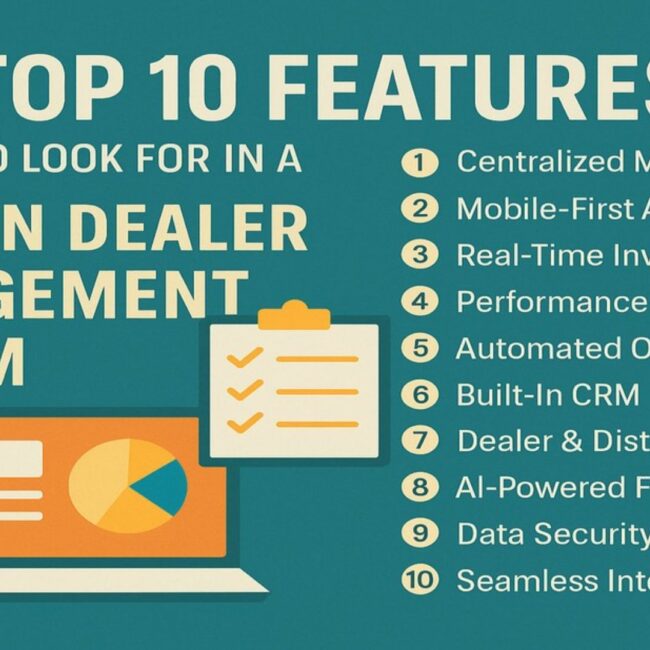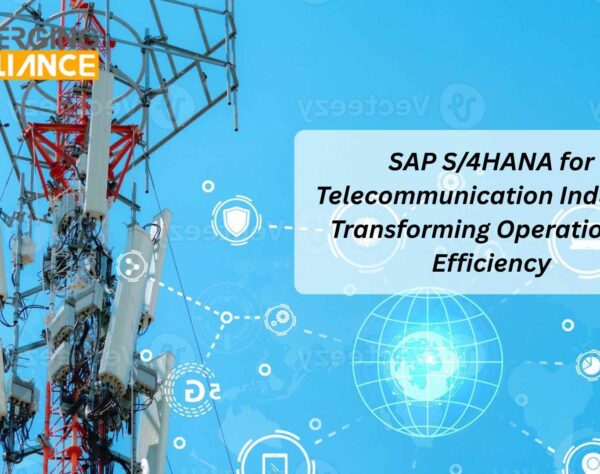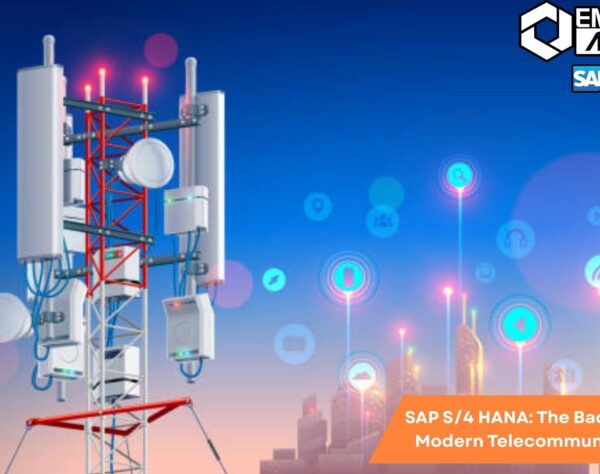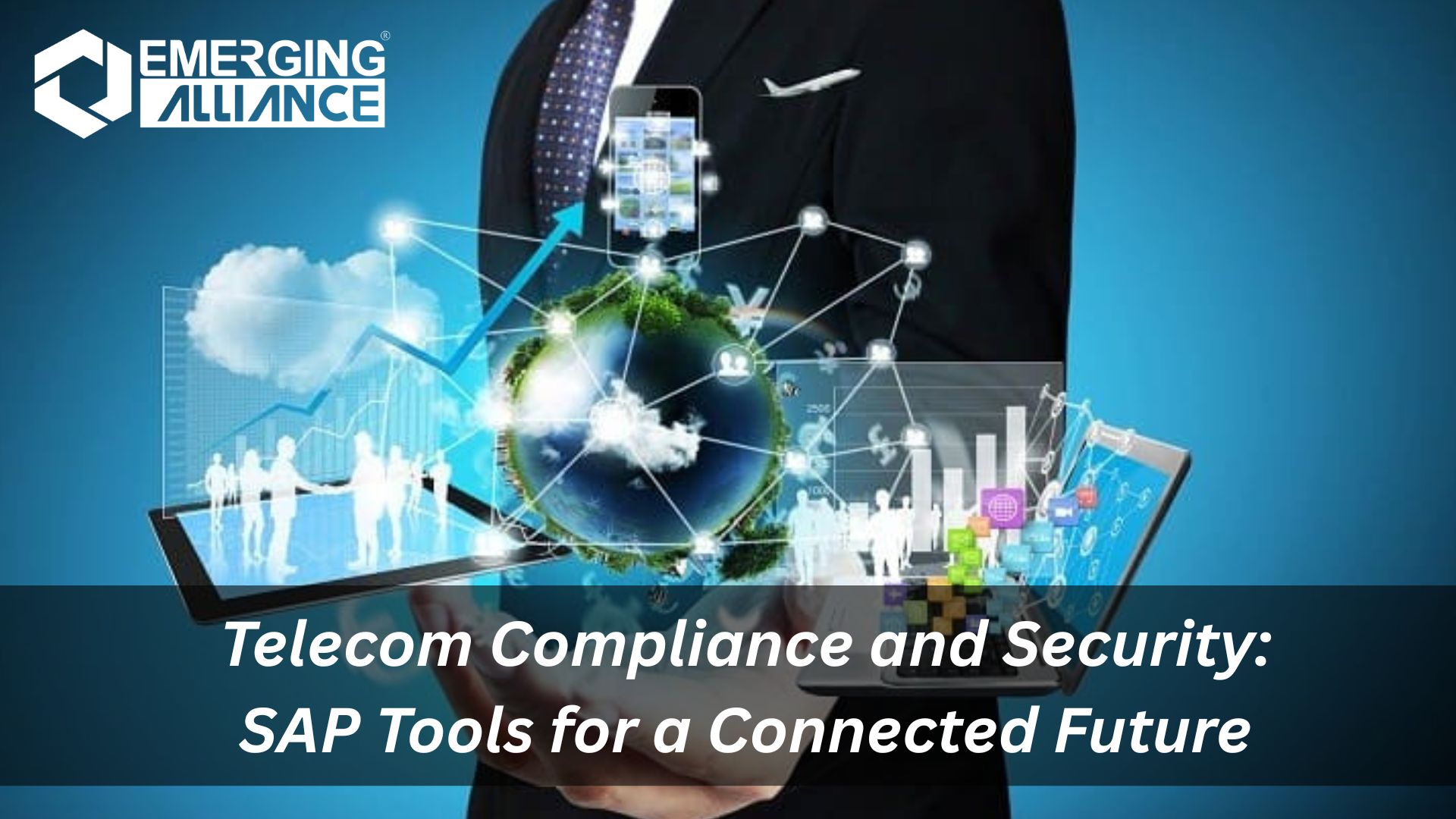
Telecom Compliance and Security: SAP Tools for a Connected Future
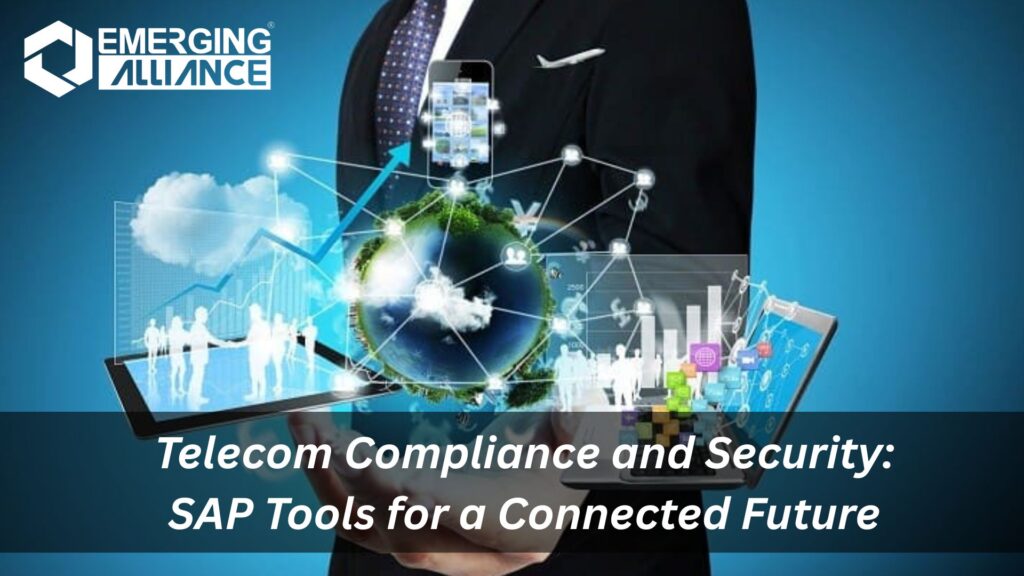
How SAP Ensures Compliance and Security for Next-Gen Telecom
The telecom industry is the backbone of today’s connected world. With the rise of 5G, IoT, and cloud-based services, telecom providers manage enormous volumes of sensitive customer and operational data. At the same time, they face increasing pressure from global regulations such as GDPR, TRAI, and data protection acts across different regions. Balancing rapid innovation with compliance and security is one of the sector’s toughest challenges. This is where SAP ERP solutions for telecommunications play a crucial role. From SAP S/4HANA to SAP GRC (Governance, Risk, and Compliance), these tools help telecom companies protect data, strengthen security, and ensure regulatory readiness.
1. Ensuring Regulatory Compliance Across Markets
Telecom companies operate in multiple jurisdictions, each with unique compliance requirements. SAP GRC solutions automate compliance monitoring, track regulatory changes, and provide real-time dashboards for audits.
- Simplifies reporting for telecom regulations like GDPR or local data privacy laws.
- Creates transparent audit trails to demonstrate accountability.
- Reduces the cost and complexity of compliance management.
2. Data Security and Privacy with SAP S/4HANA
Customer trust hinges on how well telecom providers protect personal and usage data. SAP S/4HANA strengthens data governance by:
- Encrypting sensitive information across billing and CRM systems.
- Offering role-based access controls to prevent unauthorized use.
- Supporting compliance with privacy frameworks such as GDPR.
This helps telecom operators deliver services securely while maintaining full regulatory alignment.
3. Risk Management with SAP GRC
The telecom industry is highly vulnerable to cyber threats, fraud, and financial risks. SAP GRC Risk Management enables operators to:
- Identify potential risks before they escalate.
- Automate fraud detection and transaction monitoring.
- Align risk controls with global telecom security standards.
This proactive approach helps providers safeguard revenues and protect both customer and network data.
4. Network and Infrastructure Security with SAP Tools
As telecom companies expand 5G and fiber networks, infrastructure security is critical. SAP solutions integrate with network management tools to:
- Monitor real-time threats and system vulnerabilities.
- Automate security patching and system updates.
- Ensure compliance with ISO and telecom-specific security standards.
By combining SAP Cybersecurity tools with telecom infrastructure systems, operators create a secure, scalable foundation for connected services.
5. Future-Ready Compliance Through Automation and AI
With AI and automation embedded in SAP’s ecosystem, telecom firms can stay ahead of evolving regulations. Predictive analytics flag compliance risks early, while robotic process automation (RPA) reduces manual errors in audits and reporting.
This allows telecom providers to focus on innovation and customer experience, without being slowed down by compliance complexity.
To Sum It Up
For the telecommunications industry, compliance and security are no longer optional—they are business essentials. With tools like SAP S/4HANA, SAP GRC, and SAP Cybersecurity solutions, telecom providers can ensure data protection, meet regulatory demands, and build customer trust.
In a connected future driven by 5G, IoT, and cloud services, telecom companies that embrace SAP tools will be better equipped to innovate securely, comply globally, and thrive in the digital age.
FAQs
1. Why is compliance critical in the telecom industry?
Telecom companies manage vast amounts of customer and operational data. Compliance ensures that this data is handled securely, meets legal requirements, and builds customer trust.
2. What SAP tools are used for telecom compliance?
Key tools include SAP GRC for governance and regulatory tracking, SAP S/4HANA for secure data management, and SAP Cybersecurity solutions for protecting networks and infrastructure.
3. How does SAP GRC help telecom providers?
SAP GRC automates compliance monitoring, creates audit trails, and reduces risks by identifying issues in real time. This simplifies meeting complex telecom regulations across markets.
4. Can SAP S/4HANA improve telecom data security?
Yes, SAP S/4HANA enhances data governance with encryption, access controls, and privacy frameworks like GDPR, protecting sensitive telecom customer data.
5. How do SAP tools support telecom risk management?
They identify potential risks, automate fraud detection, and align controls with industry standards, helping telecom providers safeguard revenues and customer information.
6. What role does SAP play in network and infrastructure security?
SAP solutions integrate with telecom networks to monitor threats, automate updates, and ensure compliance with global security standards like ISO.
7. Does SAP support telecom companies in global compliance?
Yes, SAP tools provide region-specific compliance features, making it easier for operators to meet diverse regulations across multiple markets.
8. How does automation improve telecom compliance with SAP?
Automation reduces manual errors in reporting and audits. With SAP, telecom providers can streamline processes, saving time and ensuring accuracy.
9. What benefits does AI bring to SAP telecom compliance tools?
AI-powered SAP solutions predict risks, flag anomalies early, and provide insights that help telecom companies stay ahead of regulatory requirements.
10. Why should telecom companies invest in SAP for compliance and security?
Because SAP offers an integrated platform that unifies compliance, risk, and security, enabling telecom firms to innovate confidently while staying protected and regulatory-ready.
Unlock smarter telecom compliance with SAP—connect with our experts at the Emerging Alliance today!


